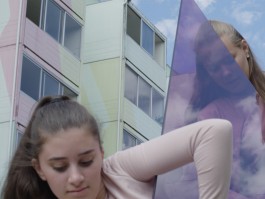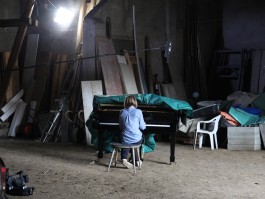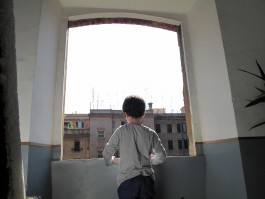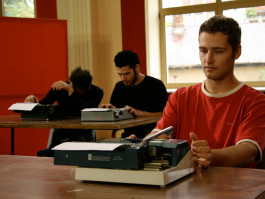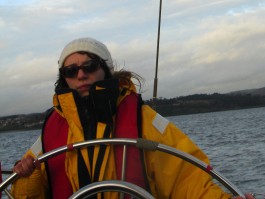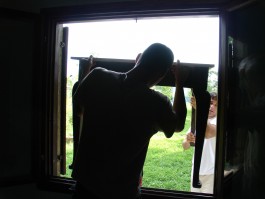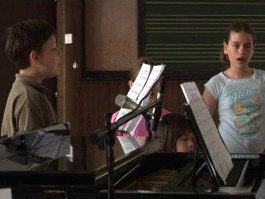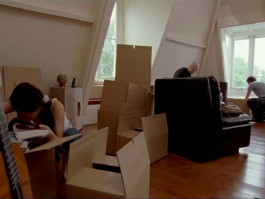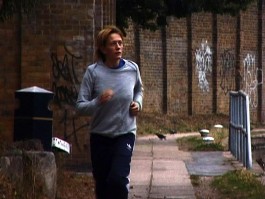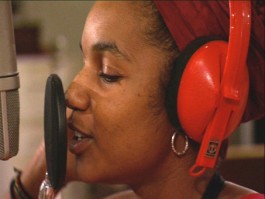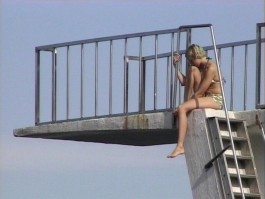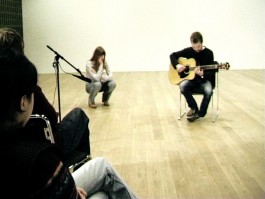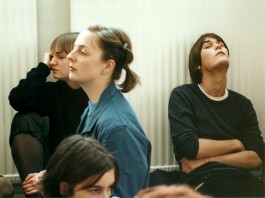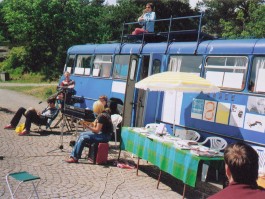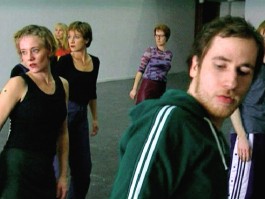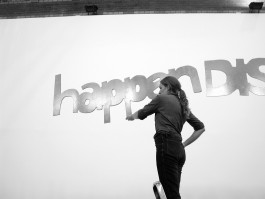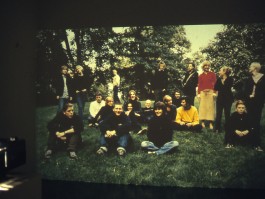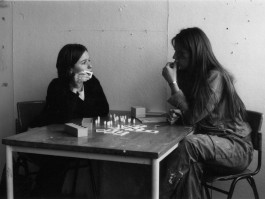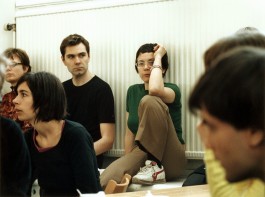
Project for a Revolution, 2000 DV 3'14" loop
Cinematography by: Johan Phillips & Henry Moore Selder
Sound by: Mario Adamsson
Project For a Revolution
In Project for a Revolution, a film made in Stockholm in the beginning of 2000, a photocopier produces a pile of white pages while a group of students silently gather in a classroom, looking at each other, waiting for any move and avoiding eye contact. Billing’s piece is made in reference to the introductory sequence of Antonioni’s film “Zabriskie Point” (1969) that shows revolutionary debate among students and a ‘call to arms’ in a university. With this reference Billing stages a comparison between the expressive turmoil of opposition to military violence in the USA during the Vietnam war period and the “safe” haven’ of the Scandinavian welfare state of the late 1990s; between the interior of two educational institutions – one close to clashes of violence, the other infused with security and between two international groups of students – one that is boiling with the search for arguments, accusations and reconciliations, while the other is submerged in lethargic consensual silence. Inspired by the Latin root of the word “revolution,” revolutio, meaning “to turn around” or “roll back,” Billing employs the format of the loop, placing the film in a historical timeline, but at the same time keeping it in a constant and ongoing present, highlighting the feeling of being stuck in a cycle, or of not being able to break out of a preconceived or nostalgic image of how revolutionary engagement should appear. The situation might look passive/apathetic at first glance, but the room is full of tension and unrest and an underlying energetic - but still introverted - activity. In this way, the film could be seen as a catalyst, implying that actual discussion perhaps does no longer use already tested formats but is in the process of finding a different set up or system.
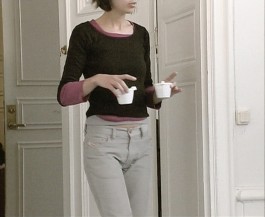
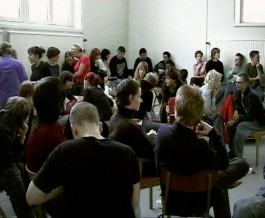
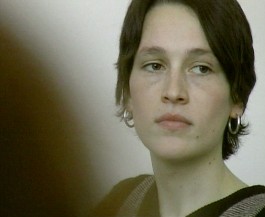

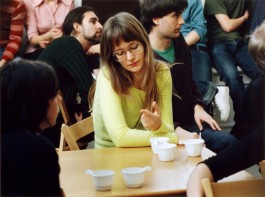

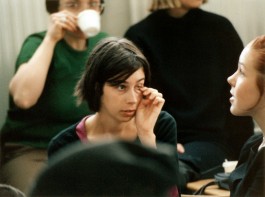
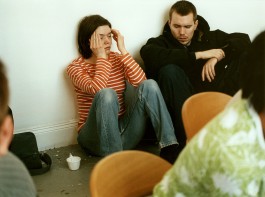

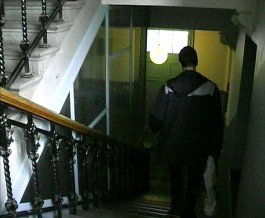
Works

